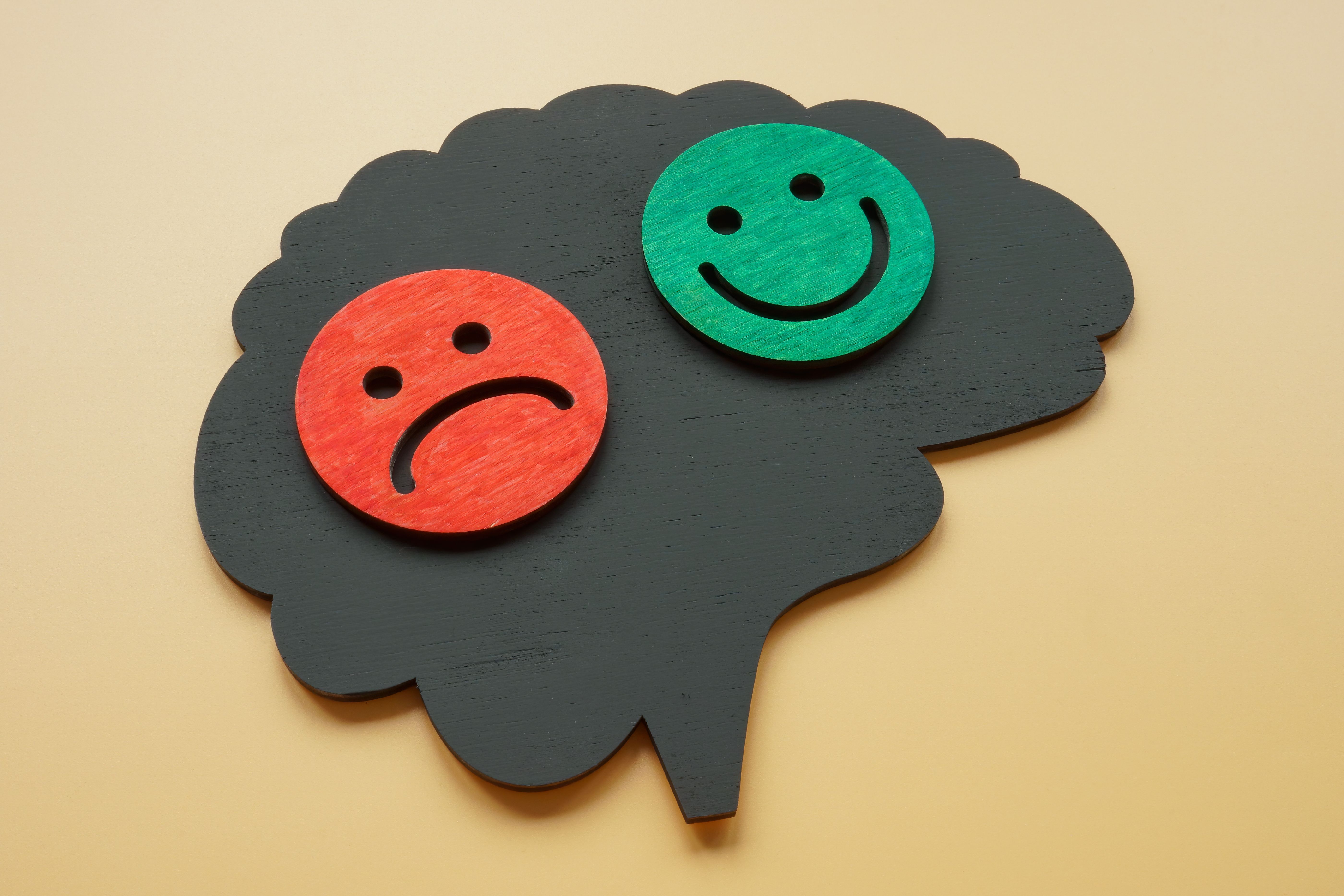Publication
Article
Psychiatric Times
The Bipolar Disorder Answer Book: Answers to More than 275 of Your Most Pressing Questions
Author(s):
Education is a cornerstone for the effective treatment of bipolar disorder. The Bipolar Disorder Answer Book is a recent addition to the resources available for patients and their families. Each of the newly emerging self-help books offers different perspectives and emphasis. This book sets out to cover a broad range of relevant topics. Although it begins with the usual discussion of diagnosis and treatment, it quickly moves on to specific issues, such as securing care (both outpatient and inpatient), relapse prevention, comorbid illnesses, “survival tips” for friends and family, insurance coverage, and disability resources.
Education is a cornerstone for the effective treatment of bipolar disorder. The Bipolar Disorder Answer Book is a recent addition to the resources available for patients and their families. Each of the newly emerging self-help books offers different perspectives and emphasis. This book sets out to cover a broad range of relevant topics. Although it begins with the usual discussion of diagnosis and treatment, it quickly moves on to specific issues, such as securing care (both outpatient and inpatient), relapse prevention, comorbid illnesses, “survival tips” for friends and family, insurance coverage, and disability resources.
The question-and-answer approach is appealing and makes the information more accessible. A list of questions at the beginning of each chapter provides a helpful guide to contents and allows focused reference if desired. Answers are generally brief and are free from jargon so they can be easily understood. An attempt is made to organize material into tables and charts.
Diagnostically, the book’s emphasis is on the more severe forms of bipolar disorder. While chapter 2 is titled “The Bipolar Spectrum: One Size Does Not Fit All,” there is no discussion of the current bipolar spectrum concept or subsyndromal presentations of the disorder, thus ignoring a significant population of patients. The chapter does follow through, after discussion of bipolar diagnosis, with attention to mood symptoms caused by medical illnesses, drugs, and supplements.
Chapter 3, “Getting Into Treatment,” provides a unique orientation to treatment access for the families of patients with severe illness. Available treatment settings and common difficulties, such as behavioral crises and compliance are addressed.
The book’s general information on medications focuses particularly on the author’s concerns about the pharmaceutical industry. While these concerns are significant and relevant, there is no balance. What is lacking is reassurance to the patient that most psychiatrists do review independent data and resist attempts at influence. The positive role of sample availability is omitted. In addition, the book does not acknowledge the benefits of the attention the pharmaceutical industry gives to bipolar disorder as a byproduct of marketing. Also, to list Consumer Reports as an independent medical reference for pharmaceutical information on a par with The Medical Letter is troublesome.
Furthermore, the medication sections are disappointing in light of the crucial role that optimal use of medications play in the treatment of bipolar disorder. The chapters on medication contain some inaccuracies and misleading statements and discussions. For example, chapter 5, “Mood Stabilizing Medication” overemphasizes lithium’s adverse effects and toxicity while omitting significant adverse effects from the discussion of other drugs. Information regarding blood levels and laboratory tests contain inaccuracies. Gabapentin (Neurontin) is dismissed despite its widespread effective use by clinicians as an augment- ing agent. The myth that long-term risks outweigh the benefits of benzodiazepines in most patients is perpetuated. The discussion of neuroleptics (typical and atypical) lacks balance and a practical look at the respective use of these agents.
The section on relapse prevention focuses predominantly on manic episodes, although depressive episodes are more common. There is a disproportionate emphasis on substance abuse treatment, and the book overreaches in its attempt to cover special groups and family tips.
The focus of The Bipolar Disorder Answer Book is on the treatment of patients with severe forms of the illness and on providing a reference for the families of these patients. For this group, the book provides an overview and a starting point. For those whose struggle is not defined by bipolar I disorder symptoms, other references may be more useful.
By Charles Atkins, MD; Naperville 2007. 306 Pages • $16.95 (softcover)






